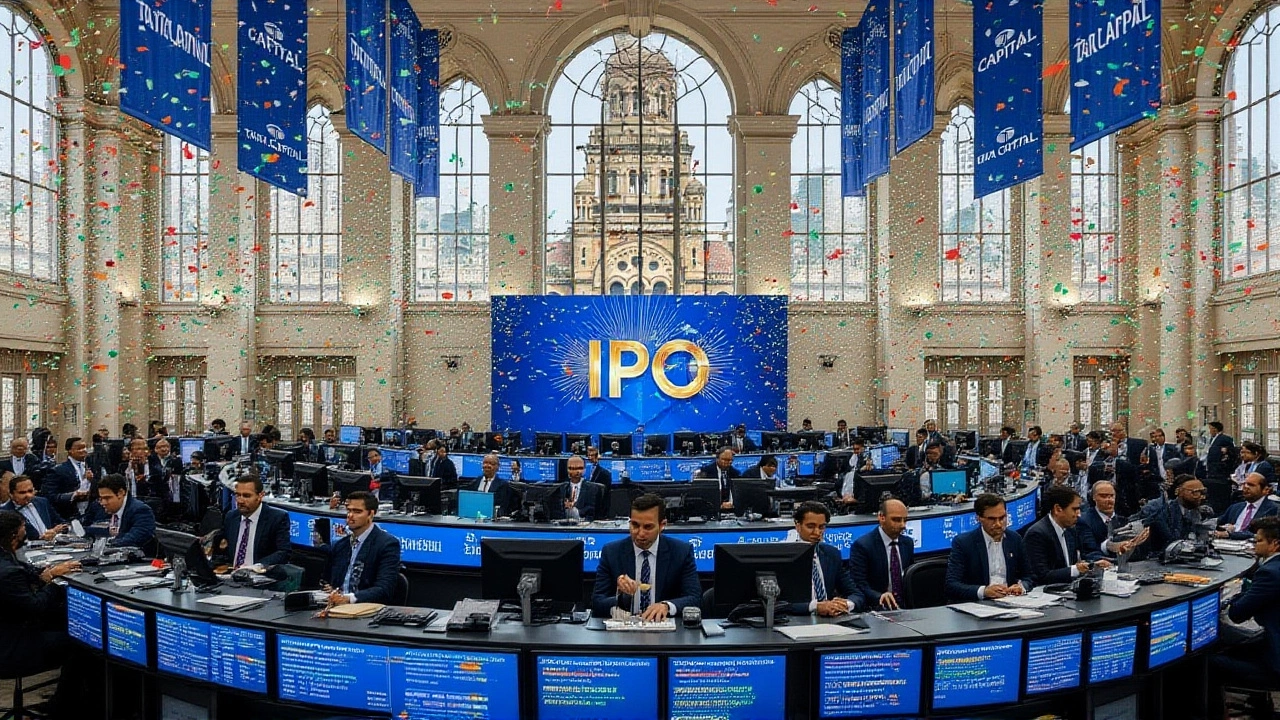When talking about Tata Capital IPO, the upcoming public offering of Tata Capital Ltd., a financial services arm of the Tata Group, you’re looking at a classic case of a company moving from private to public ownership. Also known as Tata Capital’s share listing, this event marks a major step for the firm to raise fresh capital, widen its investor base, and boost brand visibility. The IPO follows the standard Initial Public Offering, a regulated process where a private company sells new shares to the public for the first time. It’s scheduled for early next month, targeting a raise of roughly ₹ 7,000 crore, with a price band set between ₹ 277 and ₹ 310 per share. The Tata Group’s legacy, strong balance sheet, and diversified financial products are key attributes that investors will weigh when deciding to subscribe.
Beyond the headline numbers, the Tata Capital IPO touches several related entities that shape its success. The stock market, India’s primary equity platforms like NSE and BSE, where the new shares will be listed, provides the arena for price discovery and liquidity. Market sentiment at the time of listing will influence the final issue price – a classic example of how market demand can push the subscription level beyond the initial estimates. In recent months, similar financial IPOs have seen oversubscriptions ranging from 10‑to‑1 up to 30‑to‑1, underscoring strong appetite for well‑structured financial assets. Additionally, the role of investment banking, the advisory and underwriting firms that help price, market and distribute the shares, cannot be overstated. These banks conduct due diligence, set the price band, and allocate shares to institutional and retail investors, ensuring the offering meets regulatory standards and market expectations. Their credibility often adds a layer of confidence for investors, especially when the issuer is part of a conglomerate like Tata.
The final piece of the puzzle involves the mechanics of share subscription, the process by which investors commit funds to purchase the newly issued shares during the IPO window. Institutional investors typically get a larger allocation, but retail participation is crucial for a balanced shareholder base. Once the shares are allotted, the company will move to the listing phase, where the listed shares start trading on the stock exchange, providing liquidity to shareholders and a market‑driven valuation for the company. In short, the Tata Capital IPO encompasses the entire journey from underwriting to public trading, requires the expertise of investment banks, is influenced by stock market dynamics, and hinges on robust share subscription. As the launch date approaches, keep an eye on pricing hints from the banks, subscription trends reported in the news, and any regulatory updates that could shift the timeline. Below you’ll find the curated articles that break down each of these aspects, from pricing strategies to investor sentiment, giving you a full picture of what the Tata Capital IPO means for you.

Tata Capital's ₹15,511 crore IPO closed with 1.06× bidding and grey market premium at ₹7.5 per share. Despite the dip, five brokerages back the issue, citing strong fundamentals and Tata group backing.
READ